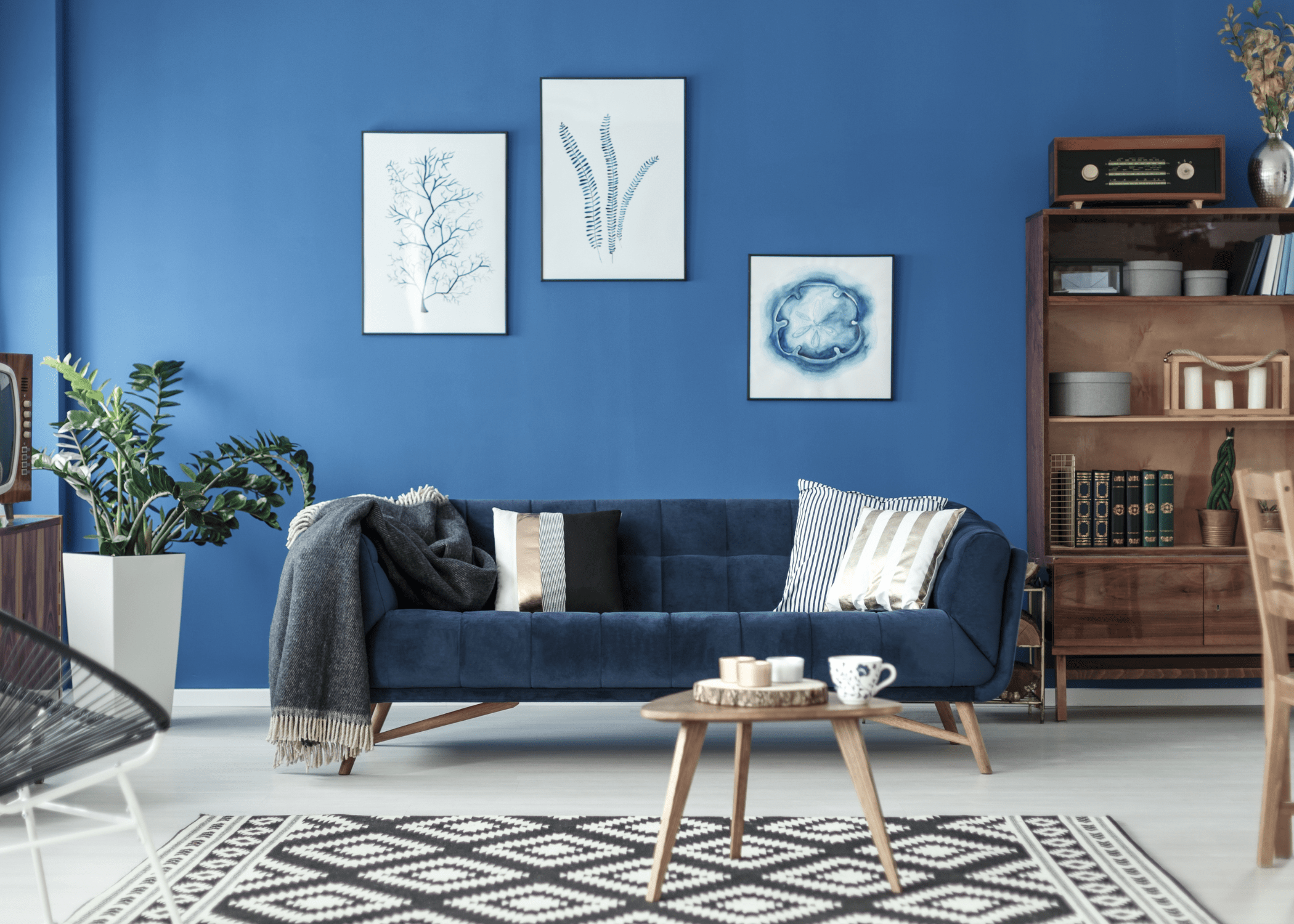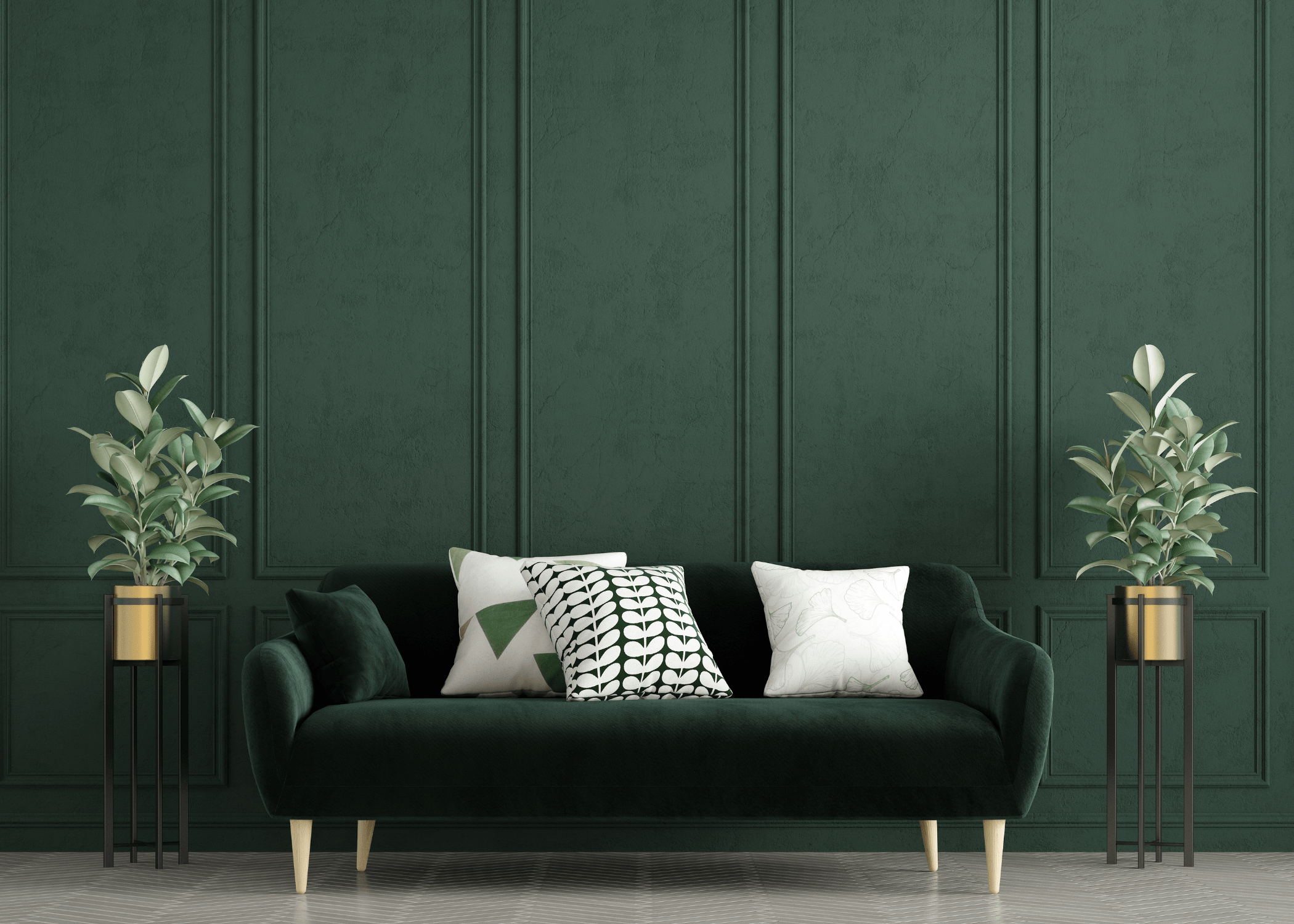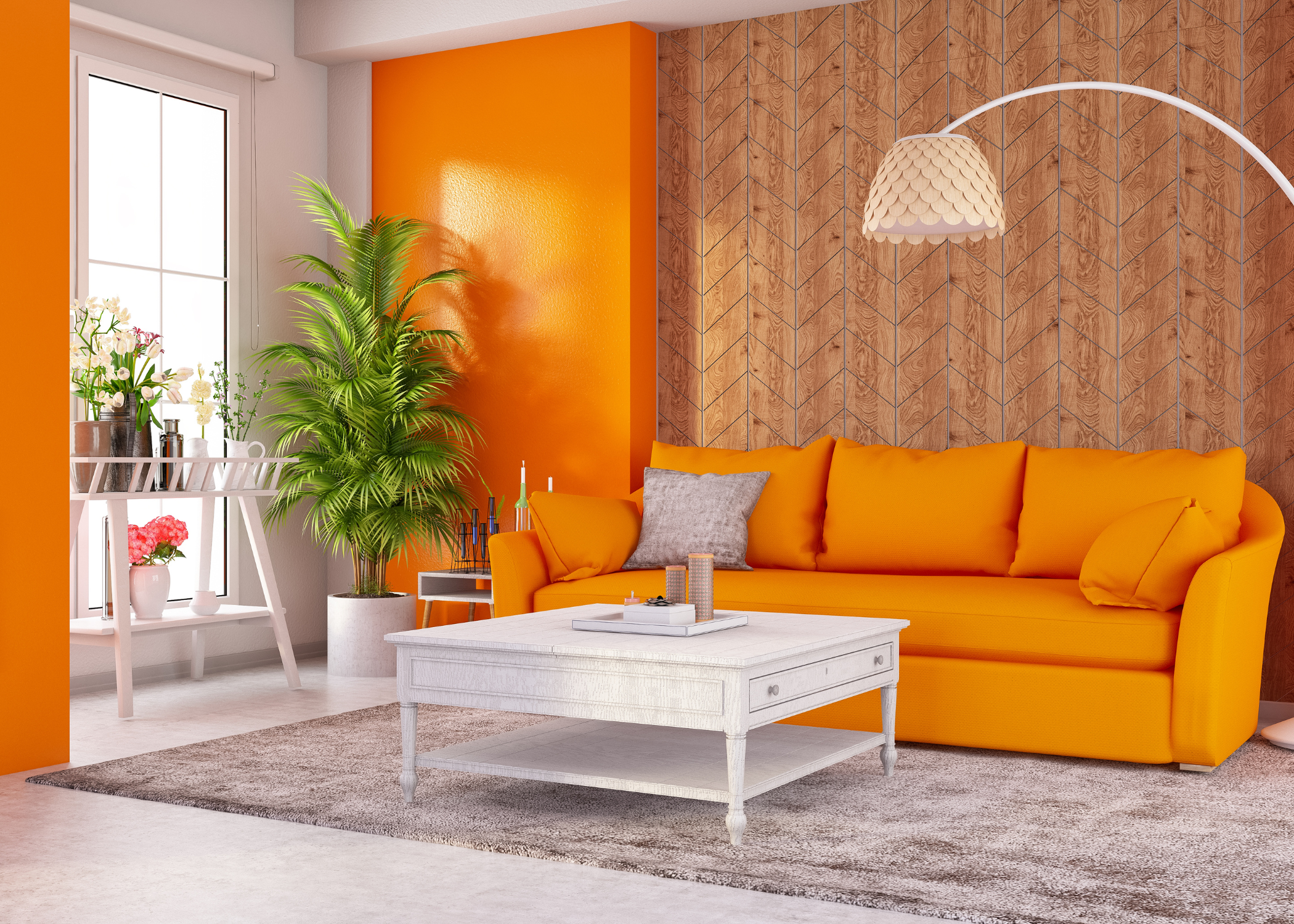Paint Colors That Make Your Home Feel Smaller Instantly
03:37Have you ever walked into a room and felt an unexpected sense of confinement? The culprit might just be the paint color on the walls. While colors can enhance a room’s aesthetic, they also play a crucial role in how spacious or cramped a space feels. If you’re aiming for a home that feels open and airy, it’s essential to steer clear of certain shades.
Let’s take a look at the paint colors that can make a room feel smaller, plus discover alternatives that can help you achieve a more expansive layout.
Dark Charcoal Gray Is a Moody Neutral That Can Shrink a Space
Dark charcoal gray is a popular choice for its dramatic and sophisticated appeal. However, this moody neutral can absorb light, creating a heavy and enveloping vibe that often makes rooms feel smaller than they are.

While it adds depth and character, it can also make a space feel suffocating, especially in smaller rooms. Instead of dark charcoal gray, consider opting for a soft, warm gray or light taupe. These medium-toned neutrals maintain depth without the heaviness, allowing for a more open and inviting space.
Navy Blue Has a Tendency to Draw Walls In
Navy blue is a popular choice thanks to its elegance and versatility, but it can also make a room feel more enclosed. Deep shades of navy tend to draw the walls in, reducing the sense of expansiveness.

If you’re looking to maintain the regal charm of blue without compromising on space, try lighter alternatives like pale powder blue or soft slate. These shades reflect light better, creating a brighter and more open environment that feels less restrictive.
Forest Green Has Nature-Inspired Elegance but Can Dim the Room
Forest green brings a touch of nature indoors, offering a sense of understated elegance. However, its rich hue can cast shadows that diminish the room’s airiness, making it feel more confined.

To incorporate green without sacrificing openness, use forest green as an accent color rather than the primary wall color. Opt for lighter greens like sage or washed-out olive for the walls, or consider earthy neutrals like light taupe to maintain a bright and airy feel.
A Saturated Orange Brings Vibrant Energy but Closes Things In
While saturated orange certainly has the ability to energize a space, it can also make it feel crowded and chaotic. The vibrant hue can overwhelm a room, giving the impression that the walls are closing in.

To retain the warmth of orange without the cramped feeling, choose softer shades like soft apricot or warm peach. These colors offer a similar touch of vibrancy while maintaining a sense of spaciousness and comfort.
Vibrant or Heavy Reds Can Highlight Boundaries
Reds are known for their boldness and ability to demand attention. However, in confined spaces, vibrant and heavy reds can accentuate boundaries, making the room feel loud and overwhelming.

Instead of painting entire walls in red, consider using these hues as accents through furniture or decor. For the walls, stick to lighter, more neutral tones that reflect light and create a more open and inviting atmosphere, and let the red accents add the pop of color to the room.
Related articles
- 9 Most Trendy Ranch Style House Exterior Paint Colors
- Unexpected Color Combos That Actually Work (and Why They Do)
- What Your Front Door Color Says About You
Choosing the right paint colors can significantly impact how spacious or confined your home feels. By avoiding dark, moody, or overly vibrant hues, you can create a more open and airy environment. Opt for lighter, softer shades that reflect light and maintain a sense of depth without overwhelming the space.
With the right color choices, you can transform your home into a welcoming haven that feels expansive and inviting.
Ready to bring new life to your home? Subscribe to our newsletter for exclusive interior design tips, trends, and ideas that will transform your space. Click here to subscribe!
You're reading Paint Colors That Make Your Home Feel Smaller Instantly, originally posted on Decoist. If you enjoyed this post, be sure to follow Decoist on Twitter, Facebook and Pinterest.
Posted By : Samantha Franco
0 comments